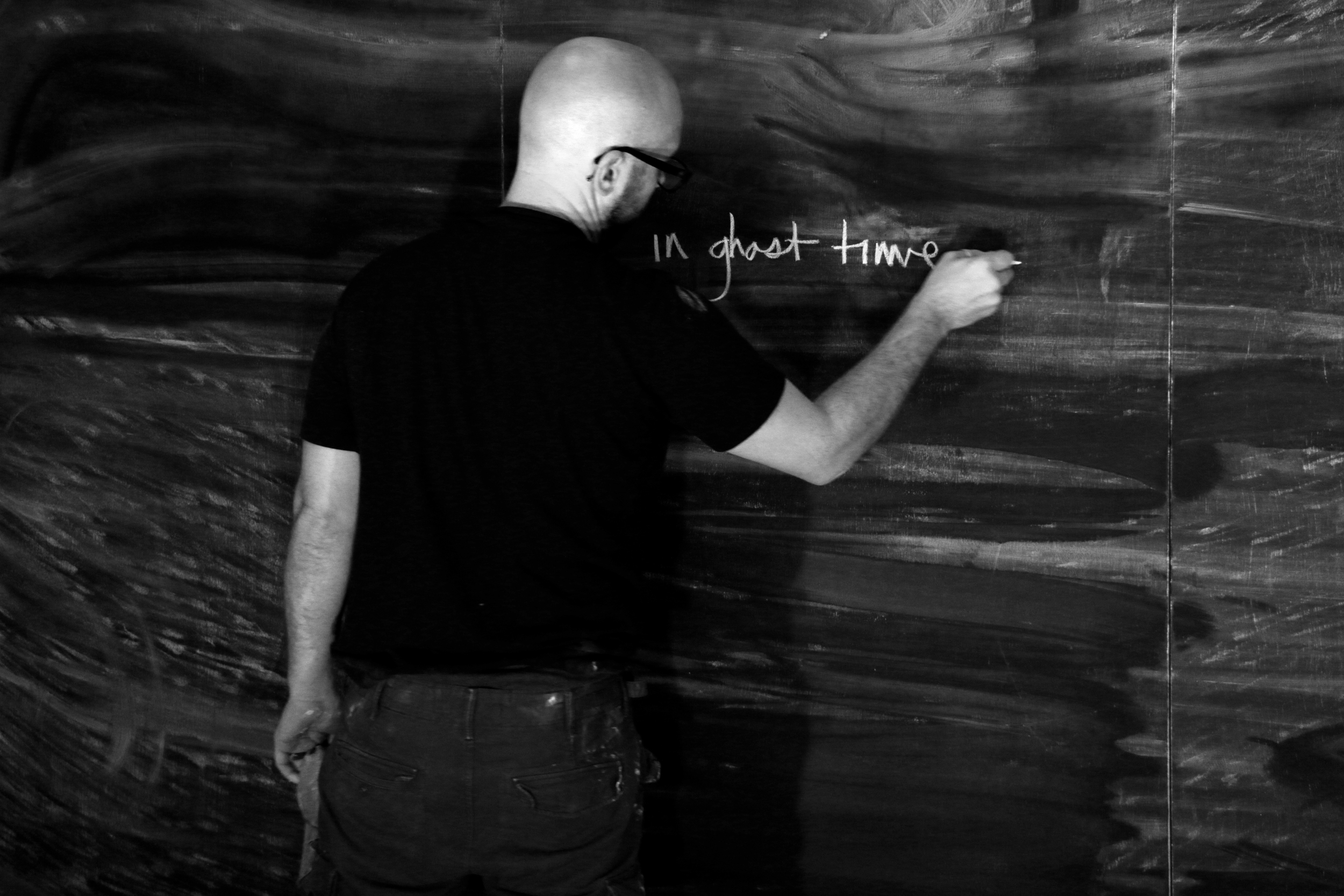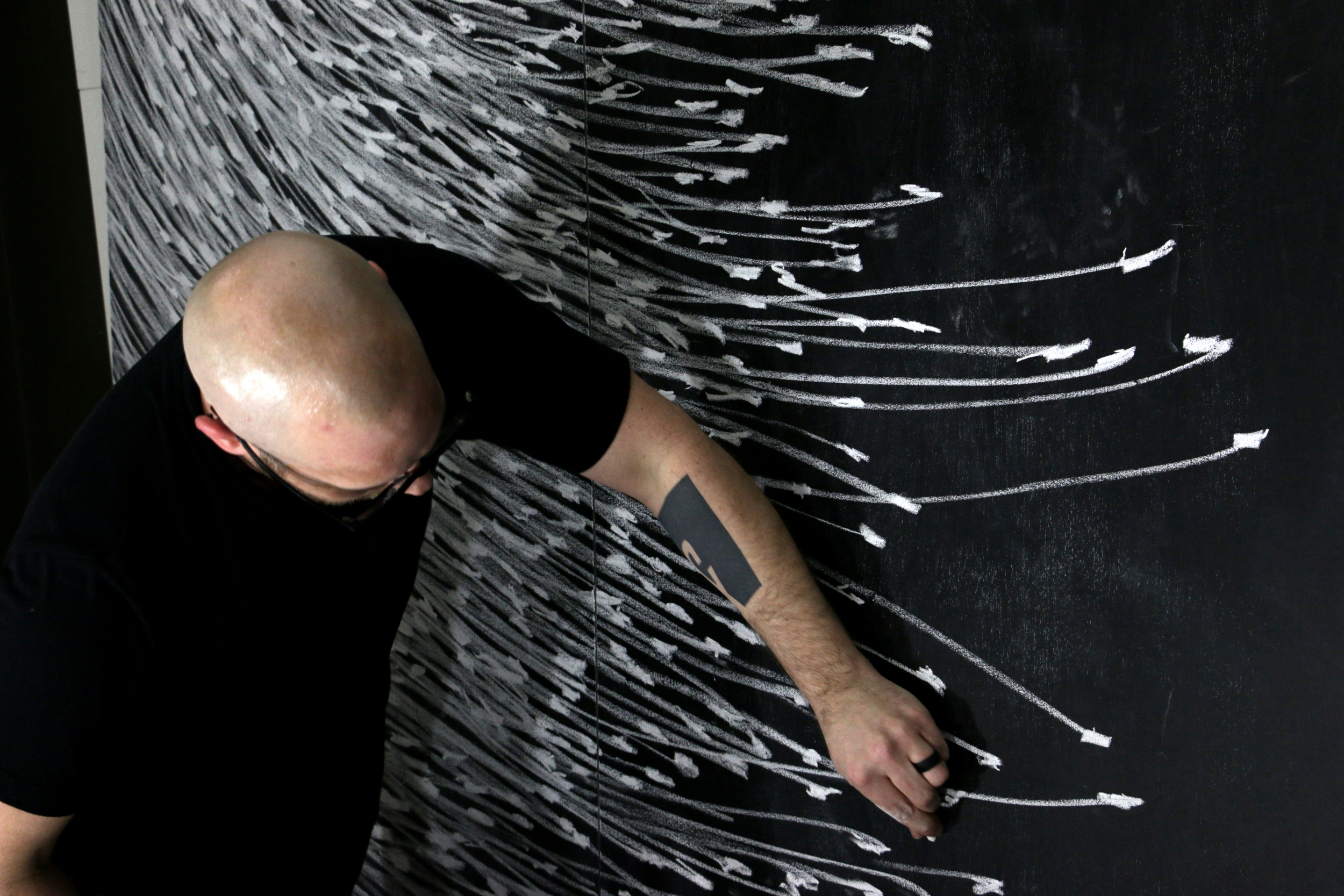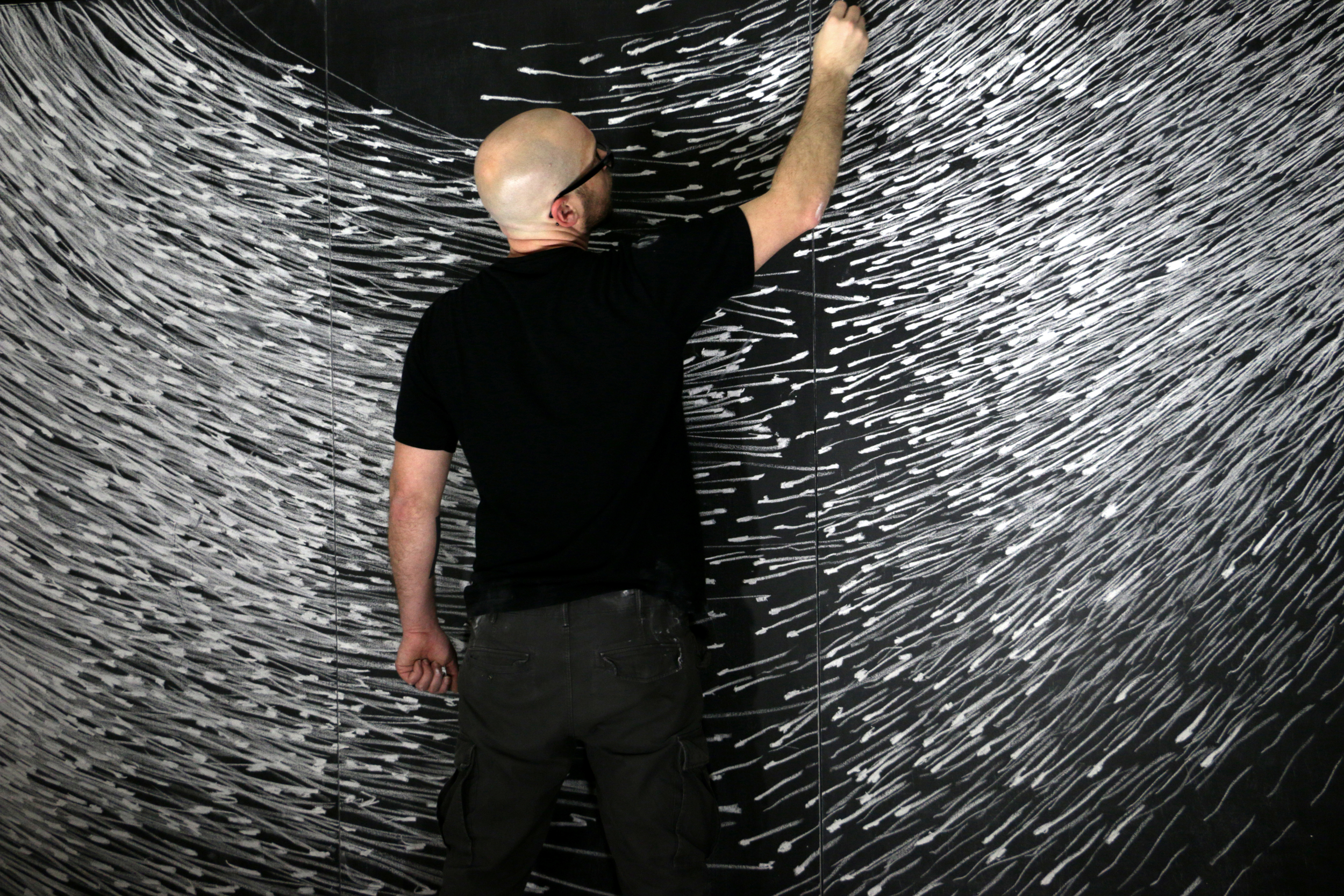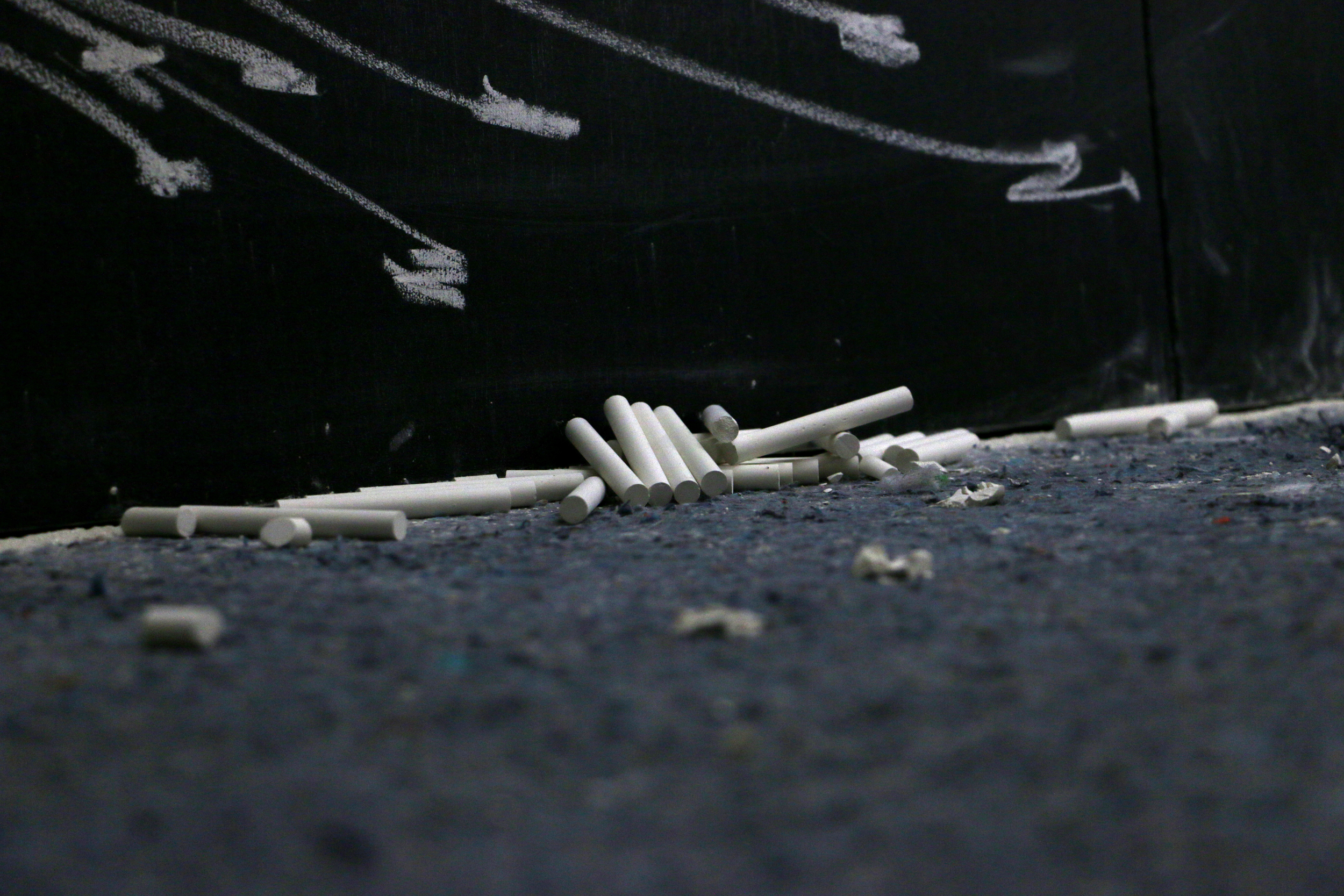the new now
Fragmentation, complexity, multiplicity, turbulence and chaos could be used to discuss and define the state of social experience, art, aesthetics, culture or politics in our current moment. These changes in our modern life have given rise to new perceptions regarding the concept of time and our experience of it. Moving between the multiplicity of time flows that surround us has an eroding effect upon our consciousness, an effect that, I propose, can be counteracted by the monomaniacal intensity and focus that accompanies obsession. In our present we face “no permanent obstacle to vehicular movement of any planetary dimension.” Due in large part to technological advances, all times past, and present, are available concurrently; the traces of history, modernity and post-modernity are all simultaneously accessible in our present. We can electronically traverse the distance between two geographical locations in the same time it takes to take one step; accessing a 200-year-old painting can be accomplished in a few scant ticks of a clock. For artists, “at the beginning of the twenty-first century, the domain of sculpture includes Taino art as much as Paul McCarthy’s mechanical stuffed animals, Donald Judd’s installation in Texas as well as the temples of Angkor. The internet is the privileged medium of this proliferation of information, the material symbol of this atomization.” The new now is a world in motion, comprised of multiple flows, each with its own properties, speed, and material character, the impact of which renders our experiences in time both fluid and fragmentary.
